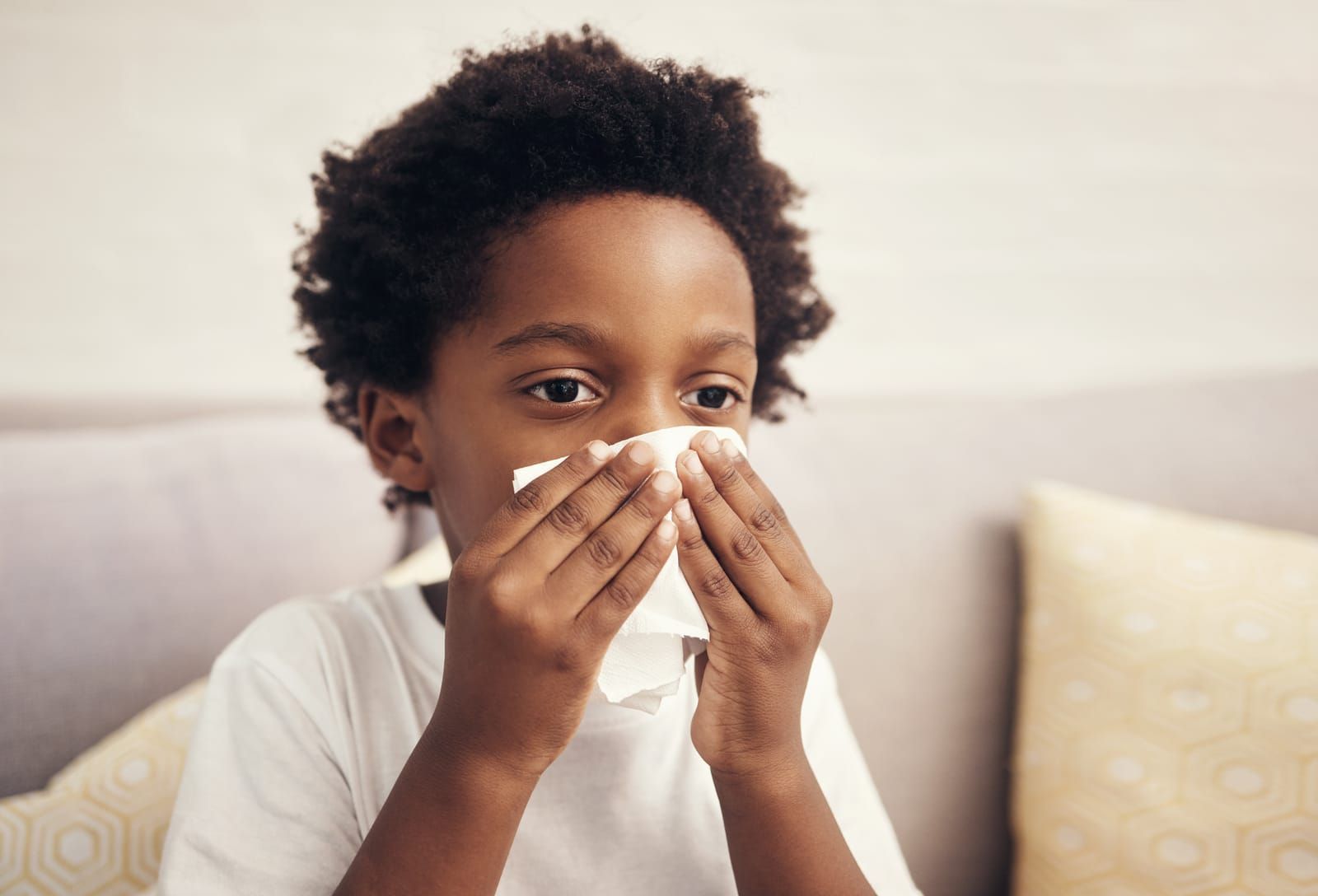Interesting Facts About Boogers, Snot, and Phlegm
Boogers, phlegm, and snot have a gross-out factor associated with them and have been part of many jokes. Mucus takes many forms: it is called snot when it is sticky and pours out during a cold, or phlegm when it clogs your lungs and makes you cough, and boogers when it is slimy, sticky, and present inside the nose. Snot and phlegm contain a variety of antiviral, antibacterial, and other protective chemicals that help keep you healthy. It acts as a barrier before allergens enter the airways and cause problems.
Mucus has a bad reputation, and people want to cough and remove it from their systems, but there are some snot facts that can amaze you or a few mucus details that may astound you and change the way you portray them to your patients or friends!
Here are a few snot-tastic facts worth noting!
There Is More Mucus Than You Think
Generally, phlegm and snot or mucus are associated with the nose, throat, or respiratory system. Mucus covers mucosal areas like the sinuses, throat, stomach, intestines, reproductive organs. Even your eyes have a thin coat of mucus. Your body produces close to 1.5 liters of mucus every day, more when you are ill.
Cold Facts
The average adult gets a cold two to four times per year, children six to eight times. Colds account for more doctor visits than any other condition. A cold is characterized by increased production of snot and phlegm, and most colds are spread through contact with surface droplets containing the virus. Sharing the same air or inhaling is less likely to spread the virus.
Snot and Boogers Don’t Always Require Antibiotics
Viruses cause most colds, and antibiotics are not effective treatments. There are no antiviral medications available to treat the common cold, and antibiotics are only effective if the cold causes a secondary bacterial infection. Antibiotic overuse can also result in the development of new strains of bacteria that are resistant. If a bacterial infection develops later and require antibiotics, they may not be effective. It is more efficacious to prescribe medication that can thin the mucus in the chest and throat so that it is easier to cough up and expel.
Booger and Snot Come in Different Colors
Normally, your mucus should be clear as it is composed of 95% water, but if you have a cold, your snot will be white or pale yellow. Viral or bacterial infections can cause green sputum which contains white blood cells and serous fluid. When mucus dries, it may also change color. If it's brown, it's usually mixed with blood due to dry or irritated nostrils. Though the color helps diagnose the underlying condition, other findings go into determining what is driving the symptoms.
You Are Always Swallowing Your Snot
Mucus is constantly swept from the nasal mucosa to the back of our throat by cilia, which are microscopic hairs lining your nose. We also may cough up mucus and swallow it to keep it from building up in the airways.
Join the Snot Force Alliance to learn and discuss more about snot, phlegm, boogers, and everything else related to airways. We hope to bring together ear, nose, and throat specialists to drive innovation and improve collaborative efforts for a medically sound future. Join the force today!












